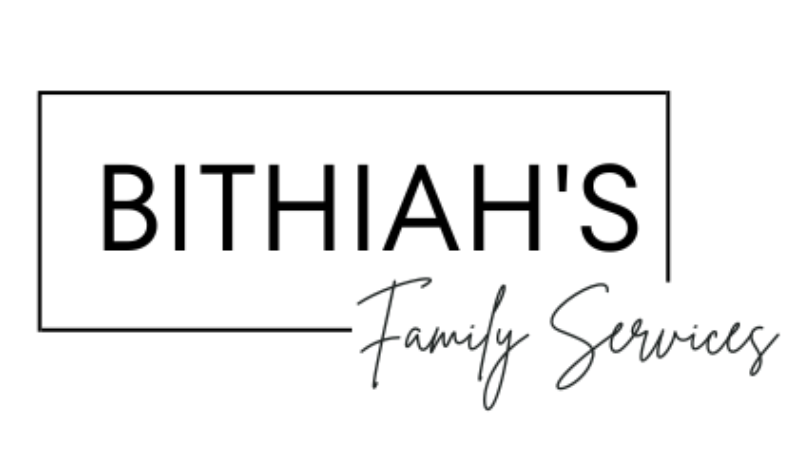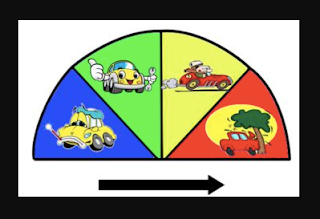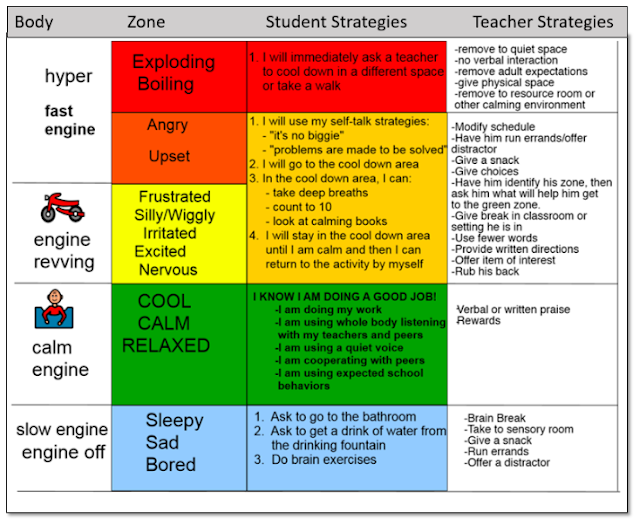One of the most frequently asked questions during our trauma informed trainings for Educators is, “How do I help my student when they are________ ( fidgety, antsy, disinterested, disengaged, anxious, etc.) so they can actually learn what I am trying to teach them?”
The answer is simple- Regulation! It is so important to teach students to be aware of their own bodies and learn to self-regulate, just as it is important for Educators to be cognizant of their own regulation.
What is Self-Regulation?
It is the ability to monitor and manage energy, emotions, thoughts and behaviors in a way that allows for loving relationships and learning. Many children (and sometimes adults!) have a challenging time learning to self-regulate without help.
At our trainings, we teach the Zones of Regulation. This is a framework that teaches how to self-regulate by breaking down the emotions into four zones. This helps to change the tendency of labeling the child’s behavior as “bad” or “good” and shifts the focus on the child regaining control and getting in the “green” zone, ready to learn.
It is important to remember that behavior is a byproduct of how a zone is managed, so consequences should not be tied to zones.
What are the Zones?
RED ZONE
In this zone, the child can be:
* mad/angry
*mean
*screaming
*out of control
* terrified
It is very difficult for a child to learn in this zone. In this zone, the child is in an extremely heightened state of alertness. It’s important to remind children that it’s ok to have moments in the red zone, but the goal is to move out of the red and into a calmer state.
YELLOW ZONE
In this zone, the child can be:
*frustrated
*worried
*anxious
*excited
*embarrassed
Although this zone also has a heightened state of alertness, the child still regains some control while in the yellow zone.
GREEN ZONE
In this zone, the child can be:
*happy/cheerful
*calm
*ready to learn
*just right
*focused
*content
This is the optimal zone for learning. A child in this zone is in a regulated state and is calm and alert!
BLUE ZONE
In this zone, the child can be:
*sick
*sad/upset
*tired
*bored
*disappointed
*down in the dumps
This low is a low state of alertness.
How’s Your Engine Running?
There are many ways to teach these zones to children, but our favorite way to is describe them as an Engine.
When children learn about their own “engines” and various strategies to keep their engine from running too high, they will be able to co-regulate with the help of their teacher and hopefully move to self-regulation.
A simple chart is a great tool to use for regulation check ins. They can be used as a whole class check with large poster charts or individual check using a small chart on the desk.
The dialogue in the classroom switches from “You aren’t staying seated, go move your clip down”, to “Your engine seems to be running high, what can we do to calm your body so you can stay in your seat?”
Once students are taught about their engines, they need to be taught strategies to regulate. There are many regulation strategies on Pinterest, Instagram and across the Internet. Our favorite strategy chart is from Chapel Hill Snippets:
This chart gives student options for each zone as well as teacher strategies for prompts.
We are confident that once children are able to identify how their body is feeling, they can learn to incorporate strategies to stay in control of their emotions.
So next time you feel your body is out of control, ask yourself, “How’s my engine running?”



